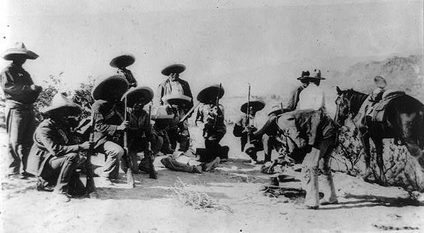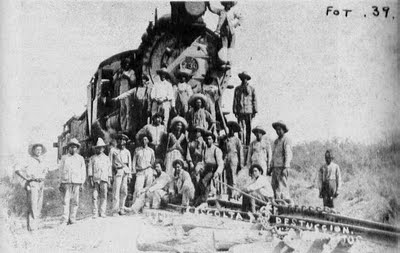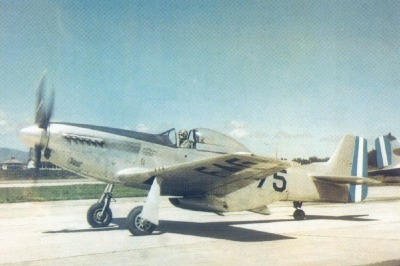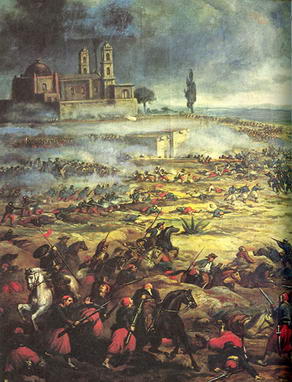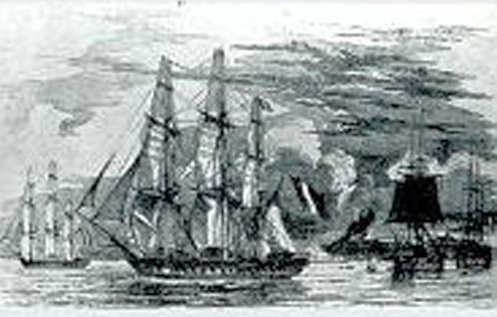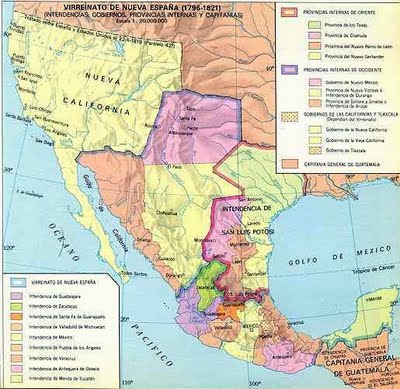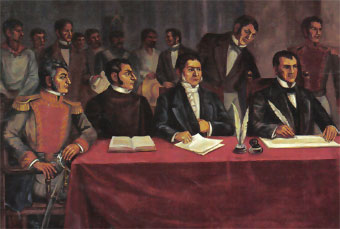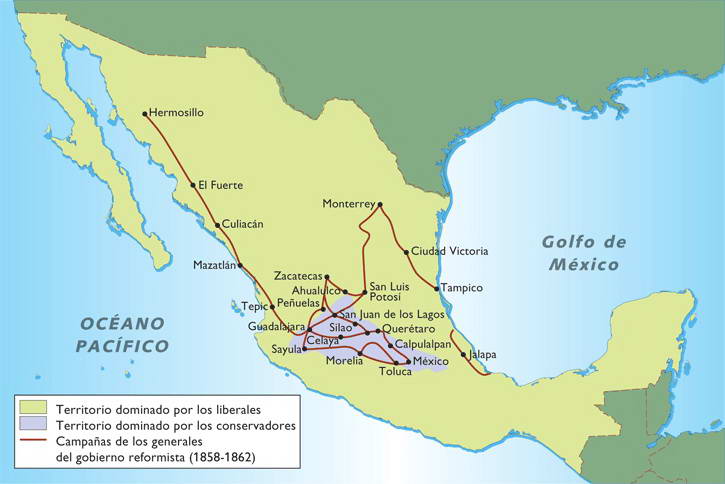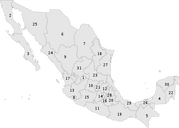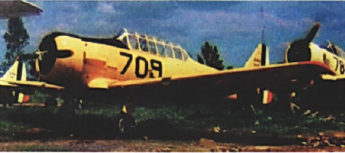
Descendants of the Aztecs against the U-Boots
The half-forgotten episodes of World War II include the actions of the Mexican Air Force against the German U-Boots. As part of the Fuerza Aérea Mexicana, the originally training North American AT-6 Texan training aircraft took part in the anti-submarine campaign.

